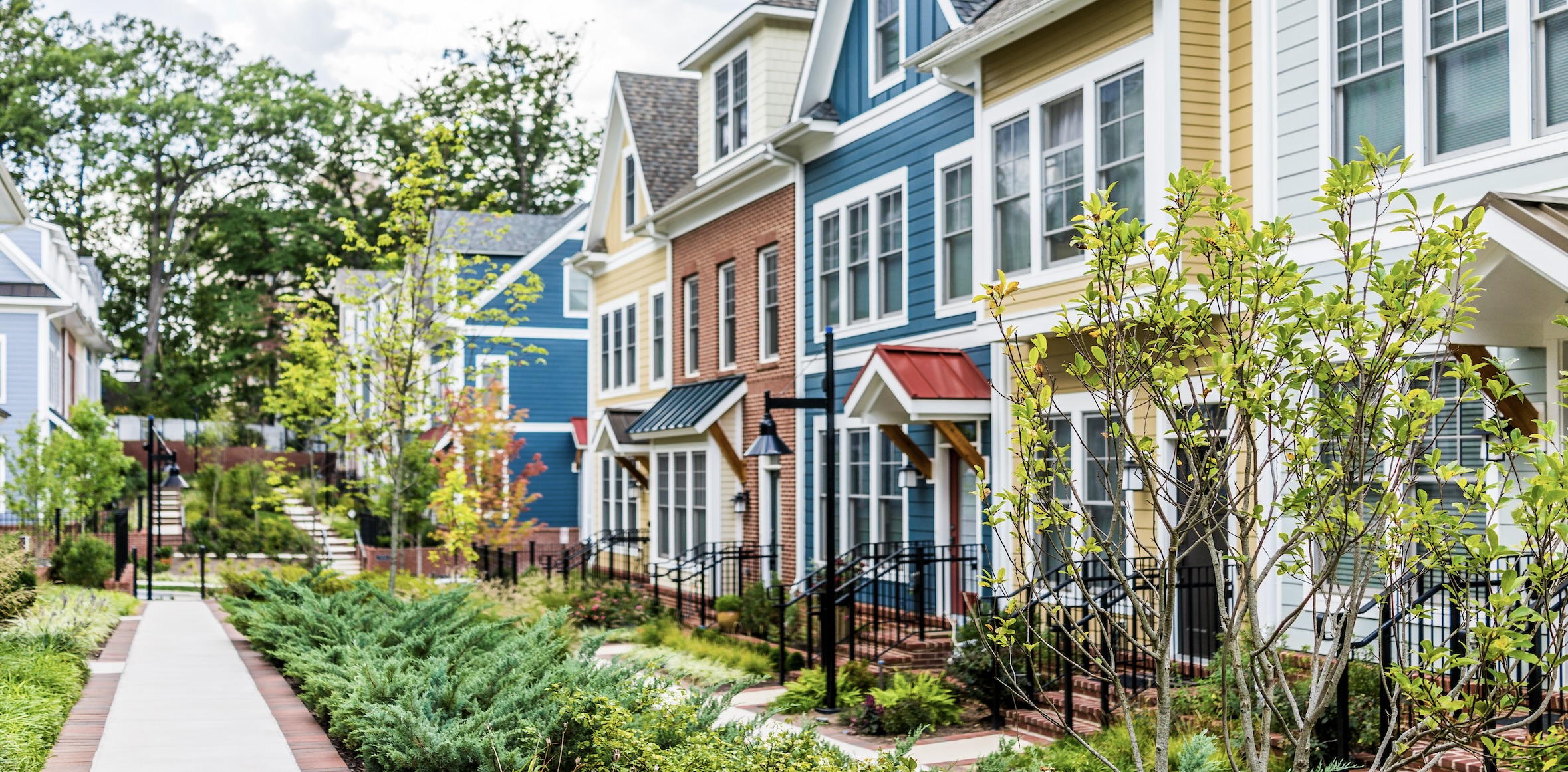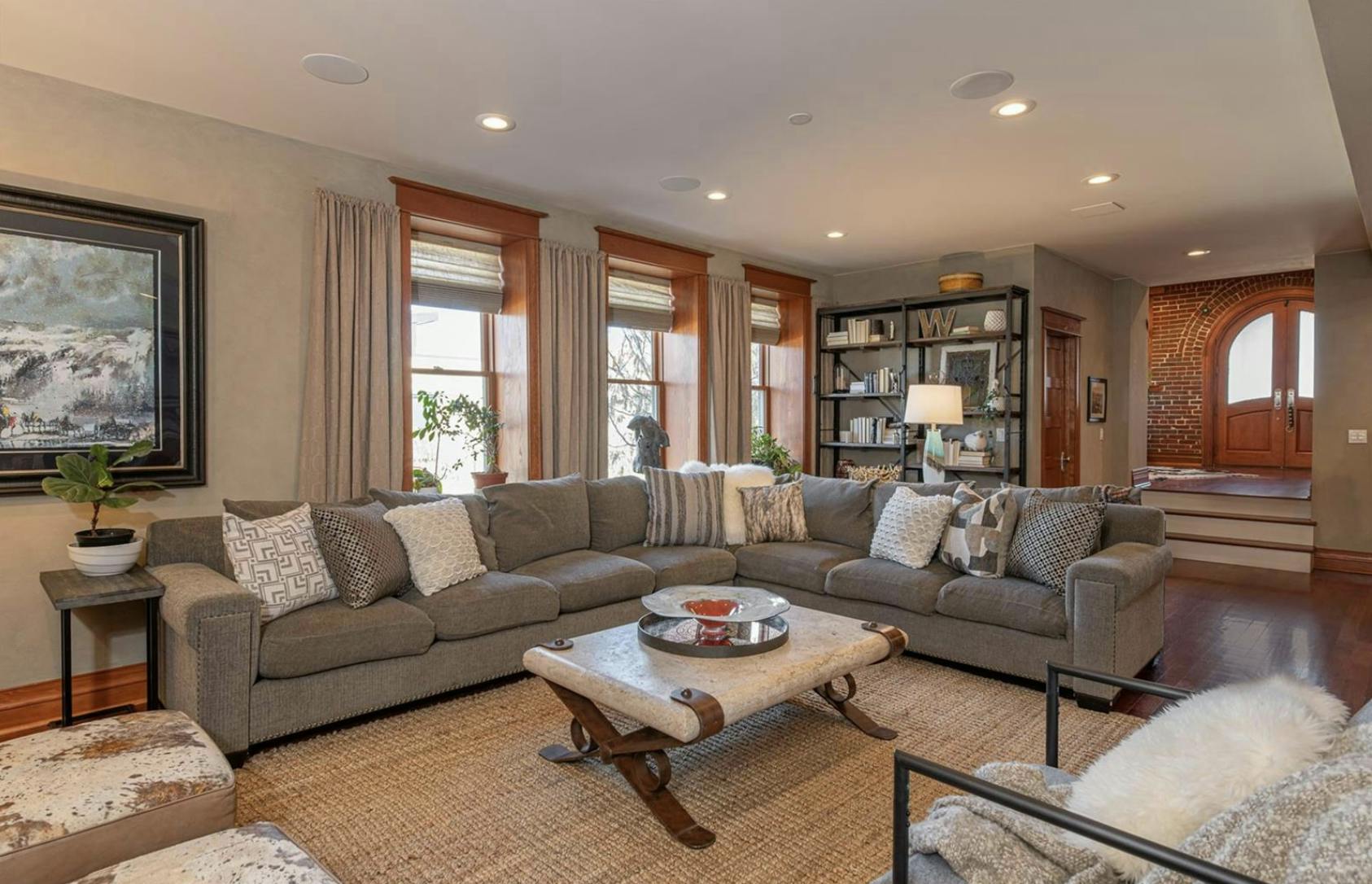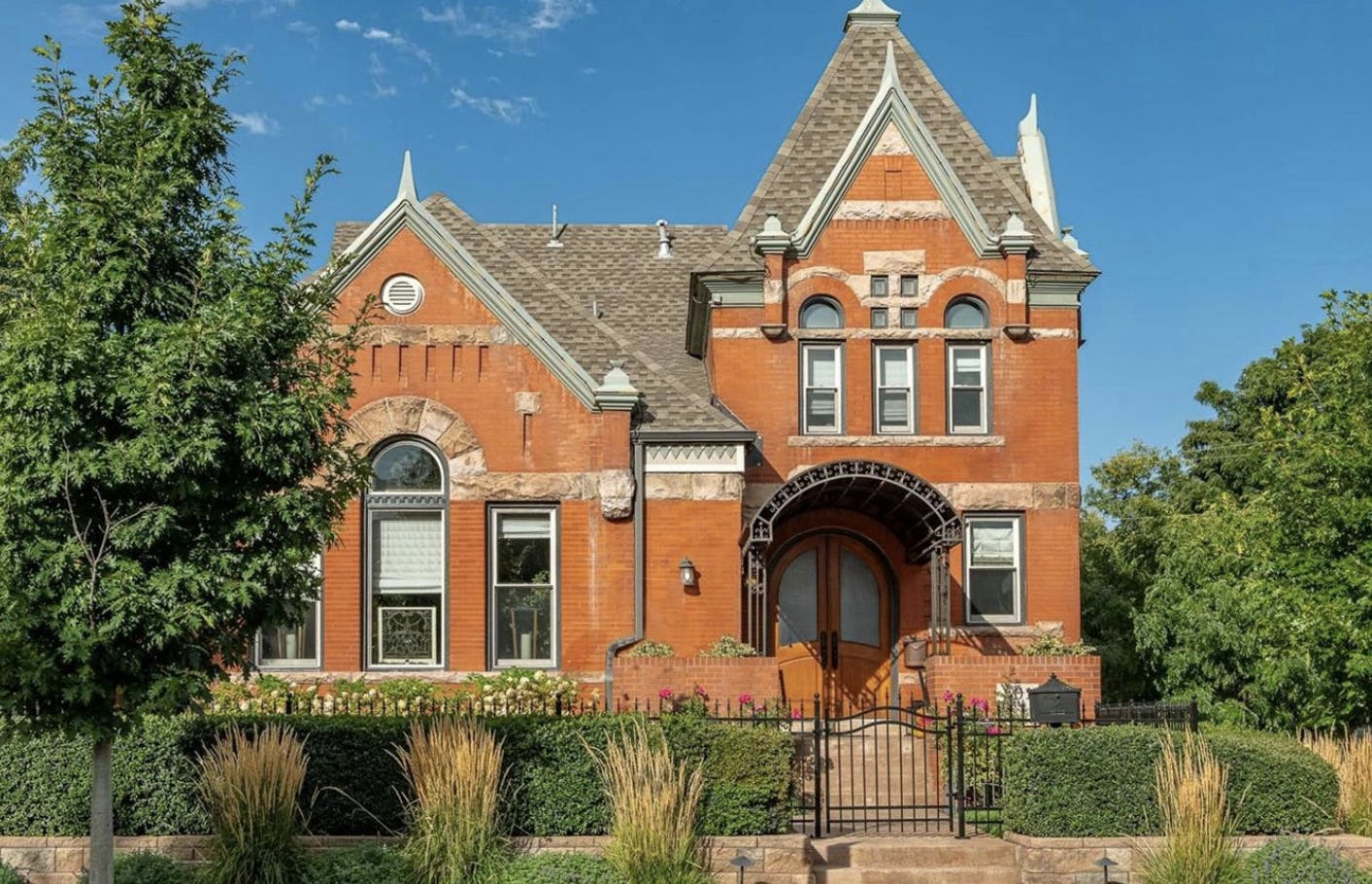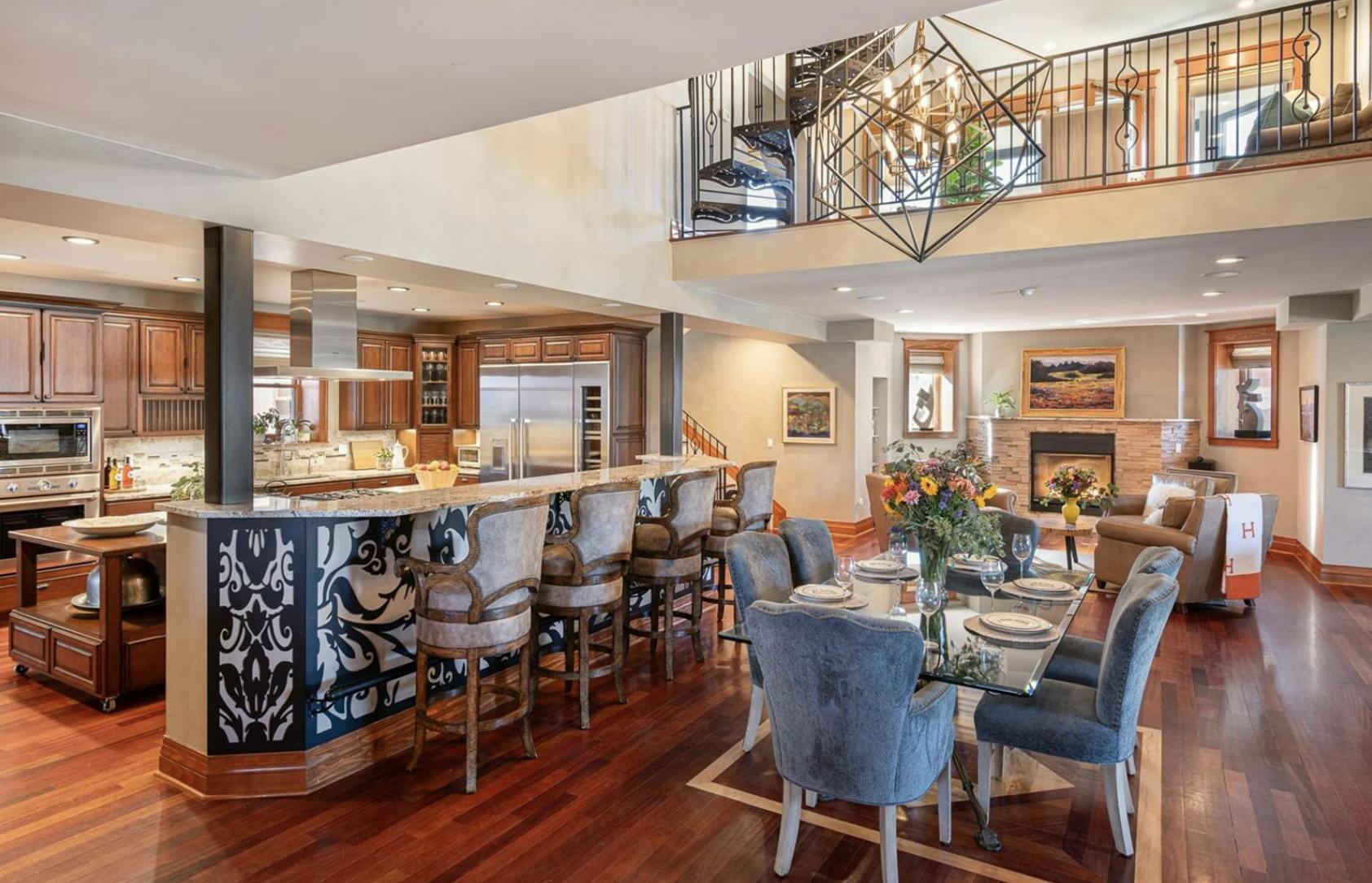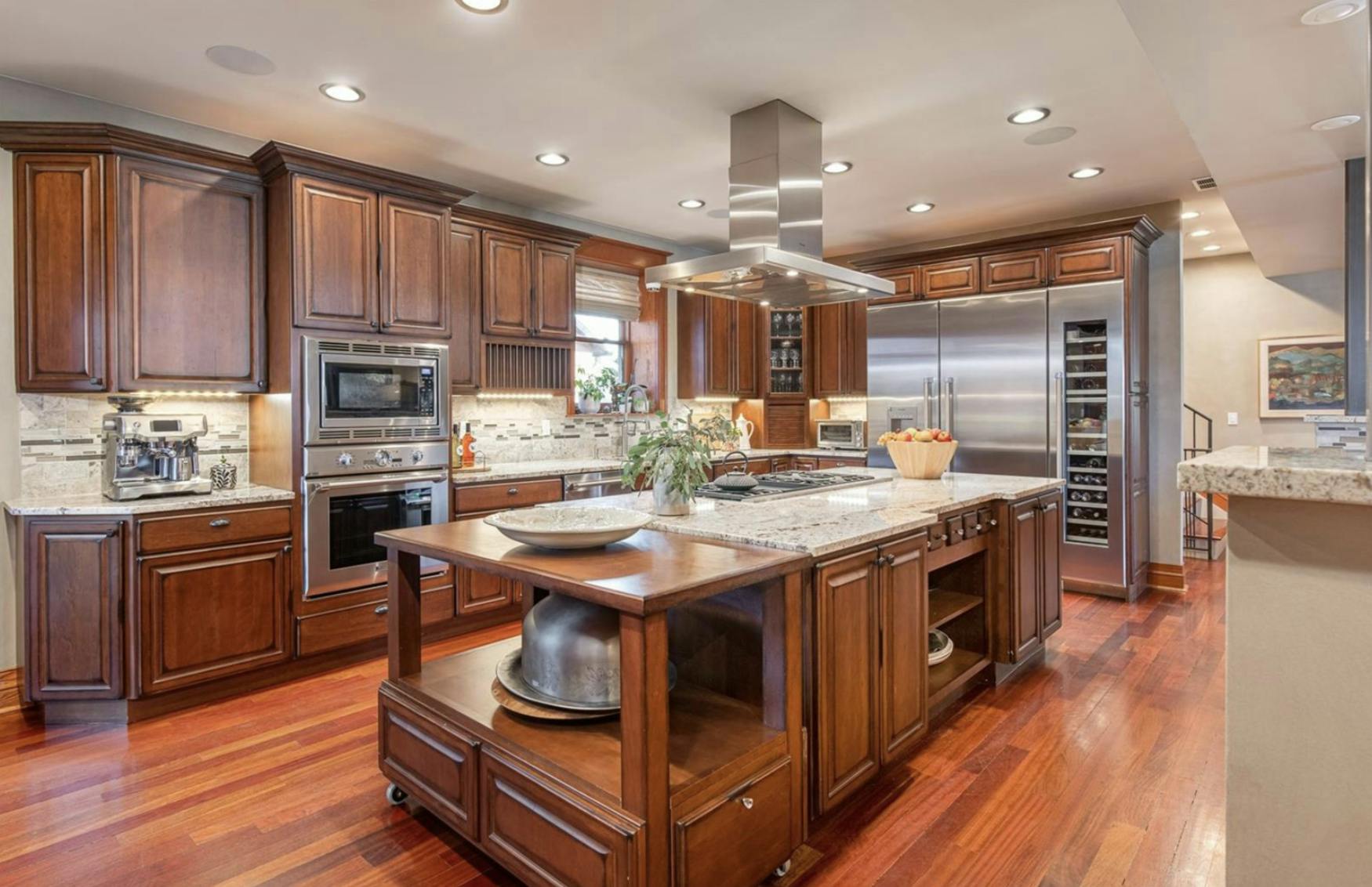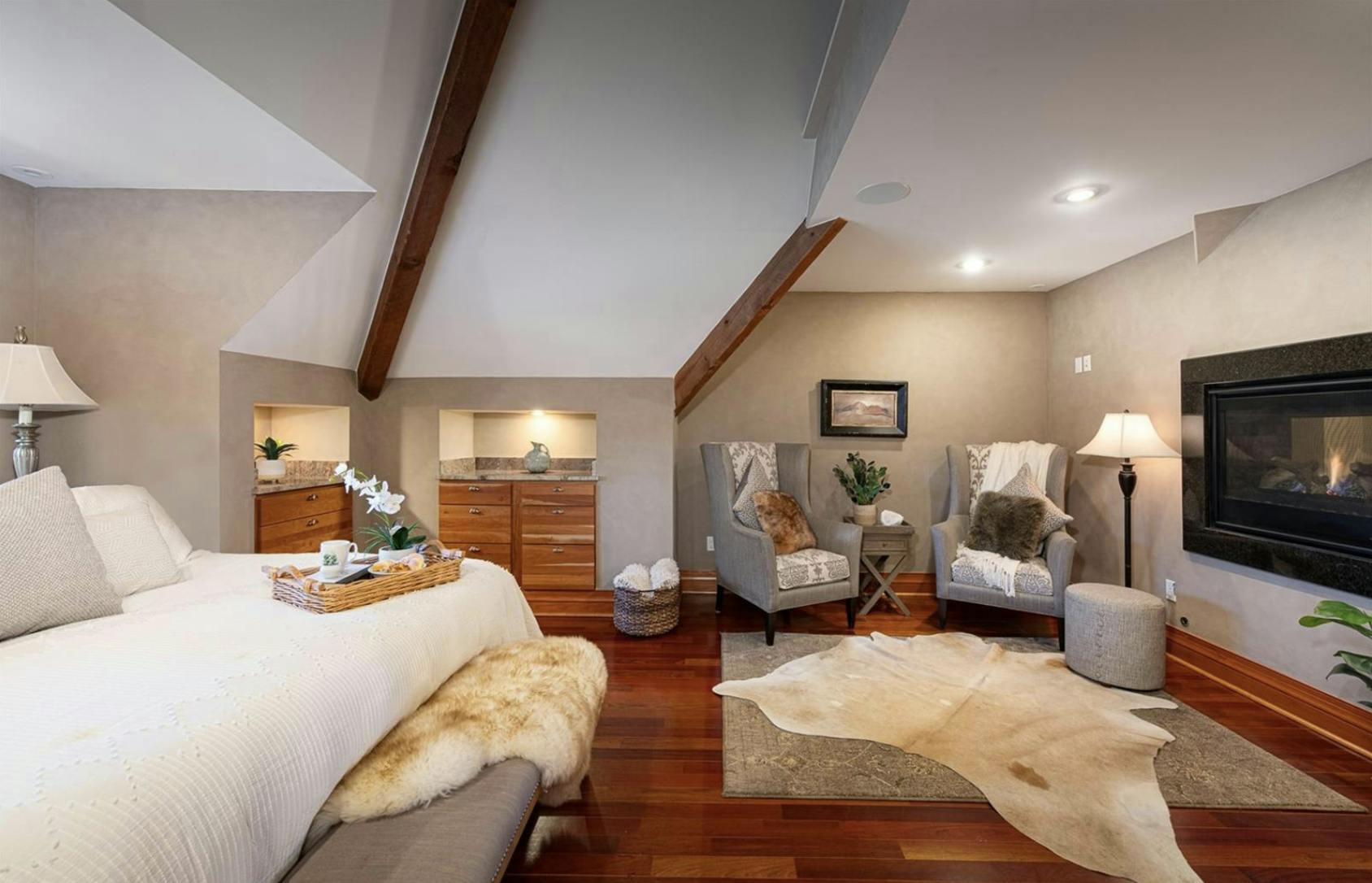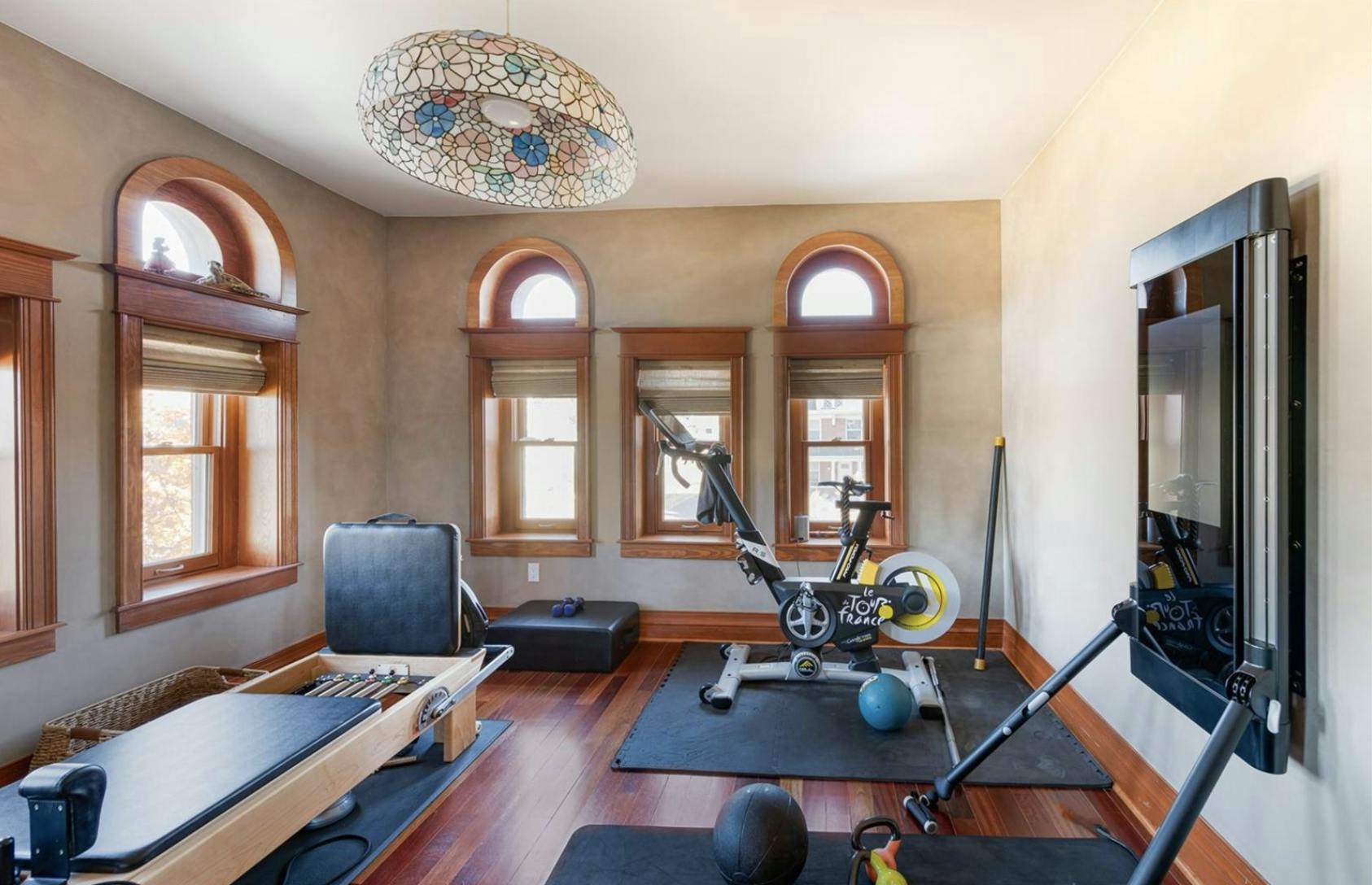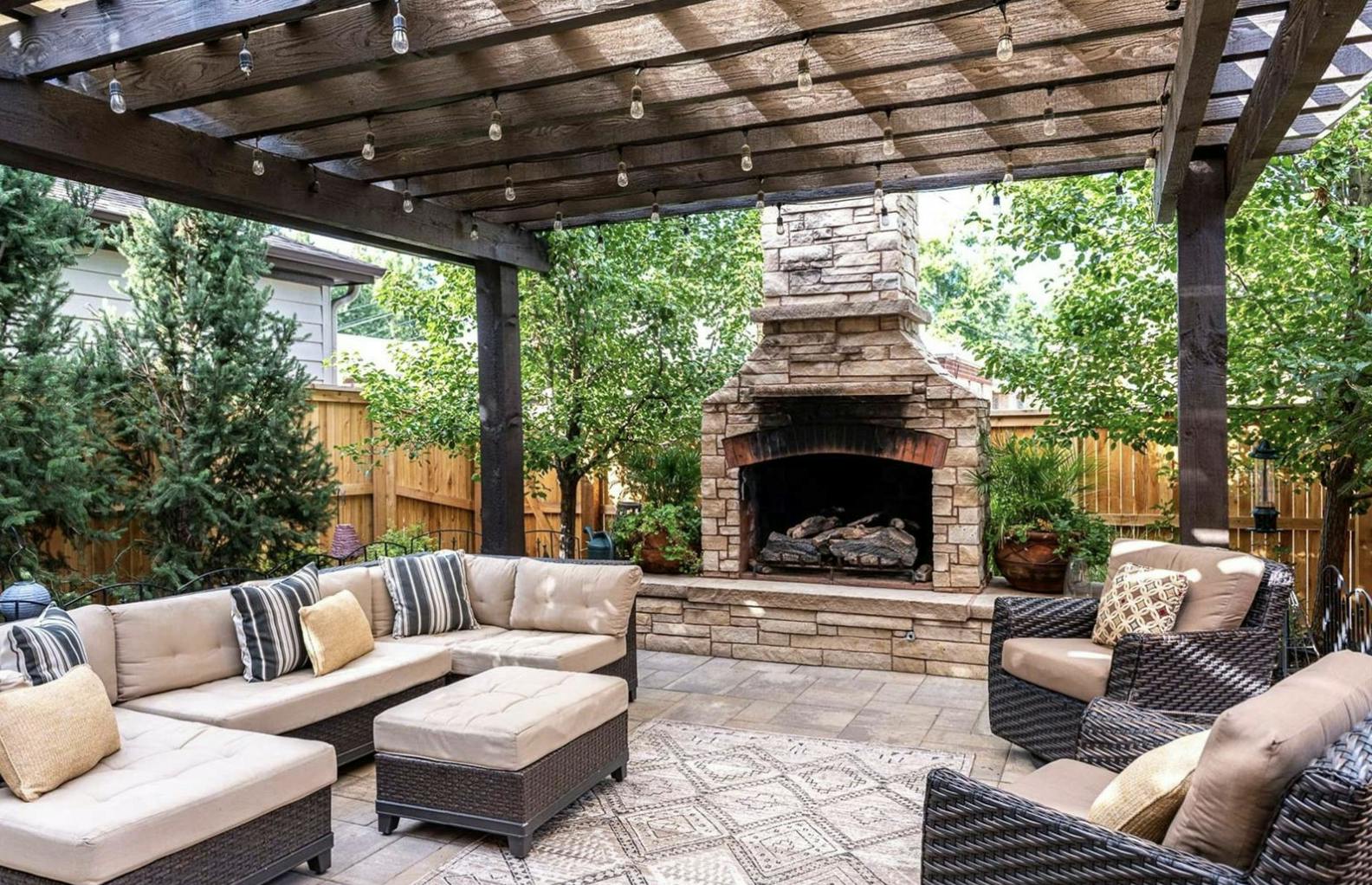If there’s one thing abundantly clear in today’s housing market, it’s that inventory is low. RE/MAX President and CEO Nick Bailey recently noted that the U.S. is short between 4.5 and 5 million homes (with interest rates and construction costs playing big roles). After a resurgence in early 2023, new home construction slowed in the later months, perpetuating the lack of housing units across the country.
But what if some of this missing inventory is standing right before us?
The repurposing of old buildings into viable homes – or even multi-family units – is a trend growing in popularity. Unused structures present pre-built opportunity to create housing and, in some cases, preserve a legacy of the past while paving way for the future.
Upholding the character of a community through adaptive reuse
Sindy Jensen, an agent with RE/MAX 1st Realty in Marquette, Michigan, has been at the forefront of the adaptive reuse movement. Servicing a series of quaint towns throughout the state’s Upper Peninsula, Jensen says her local market has no shortage of historic structures. She has been able to represent the sale of many of them – as livable residences.
One was a decommissioned train depot, settled along an abandoned railway and complete with a ticket window in the kitchen. Another was an old Ford automobile mill with its smokestack still standing.
“Why do people get so passionate about these buildings that were built hundreds of years ago? I think it comes from having a sense of pride in our history. Interesting architecture is an homage to a previous era,” Jensen says.

image-20240102-034052
“For more historic buildings, you just don’t get that level of detailed craftsmanship anymore. Buildings and houses of days gone by tell a story that is passed on from generation to generation,” she adds.
“With a bit of creativity, nearly every old, unused structure has the potential to become housing and create more inventory for homebuyers.”
This is certainly the case with a unique property currently for sale in Denver, Colorado – a church built in 1893 that’s located in the city’s West Washington Park neighborhood.
In recent years, the preserved property – which had been sitting idly – has been converted into a single-family home, still boasting original character with its steeple, cathedral ceilings and arched windows. With added luxury amenities, a preserved exterior is complemented by high-end modern comforts inside.
“Some buyers may feel a repurposed home is more sustainable, using what exists and improving upon it. Others may find that the romance associated with the history of this building and what transpired add to the colorful past of Denver – and subsequently adds to their own personal narrative,” explains Sarah King, Managing Broker and Co-Owner of RE/MAX of Cherry Creek, who is co-listing the historic church. “The building, being saved, prevents an attempt to make drastic architectural changes in an established neighborhood.”

image-20240102-034052
Christine Dupont-Patz, an agent with RE/MAX of Cherry Creek who is co-listing the property with King, points to the potential eco-friendliness of repurposing an unused building with good bones – like a church – into housing.
“Environmentally, it can be more sustainable to adapt a current structure than tear it all down and start from scratch. Ninety percent of construction waste is concrete, metal or wood, which is often difficult to recycle efficiently,” she says.

image-20240102-034052
What to expect from a repurposed structure
A unique backstory is often a given when a building is being repurposed as a home. But other oddities emerge, too.
“It might have a quirky layout and not have the flow of a modern house. But, for the right homeowner, that can increase appeal because it’s so different,” Jensen says. “A lot of people are looking for interesting properties unlike anything else on the market.”
Depending on the level of restoration an adaptive reuse home has undergone, a buyer would likely want to factor in considerations like the heating bill from having vaulted ceilings or exterior maintenance costs that could differ from a traditional dwelling.
Doing the restoring oneself can also seem daunting. In the U.S., the government offers rehabilitation tax credits on some historic preservation circumstances. It may be worth exploring factors like the age and significance of a property to determine if the National Park Service would deem it historic. The details that ensure afterward – like securing historic status, determining its use, and qualifying for the credit – can vary by state.
Reworking larger buildings could lead to the creation of more housing
Older buildings converted into single-family homes aren’t the only potential avenue for increasing housing inventory. A topic receiving plenty of buzz nowadays is creating multiple units from one unused structure, like a mall, hotel, or parking garage. Many buildings like these aren’t necessarily old, they’re just no longer the best use of space.
“We’re seeing the high cost of materials for new builds, so accordingly, we’re not seeing the supply of houses being built to meet this demand,” Jensen says.
“The whole topic of adaptive reuse ranges from a single family looking to do this with a small structure to a whole city working with investors to find new purpose for huge structures. We’re hearing that in the coming years, there will be a trend of converting large commercial businesses into residences.”
David Curtis, a Senior Associate with Clocktower Tax Credits in Maynard, Massachusetts, provides historic tax credit equity to a myriad of historically preserved buildings around the country.

image-20240102-034052
“Hotels that are no longer in use already have a single occupancy unit structure, making them a great type of property to convert into housing,” Curtis says. “We commonly see opportunities arise with unused buildings from schools and universities, too.”
One of his projects, for example, was the repurposing of a registered historic high school in Illinois. While maintaining its original exterior – and pieces of its interior, like a school-style foyer and lockers – the building was converted to provide 42 units of senior housing. He sees these types of conversions as a beneficial catalyst in today’s real estate landscape.
Another matter at hand is office space. Jensen, the RE/MAX agent from Michigan, notes how since the COVID-19 pandemic introduced remote work policies, many of these former offices are now sitting vacant – but are full of potential. Jensen predicts this movement will gain more momentum in larger cities as opposed to smaller towns, but may be an impactful strategy in creating housing everywhere.
“So many unused buildings are out there just waiting for their next purpose – and housing would be a helpful route to go,” she says.
Recommended For You
Buying a Home| Buying a Home In 2024? Here Are 4 Ways to Get Started
Get RE/MAX News delivered to your inbox! Sign up for News Alerts in the footer below.

